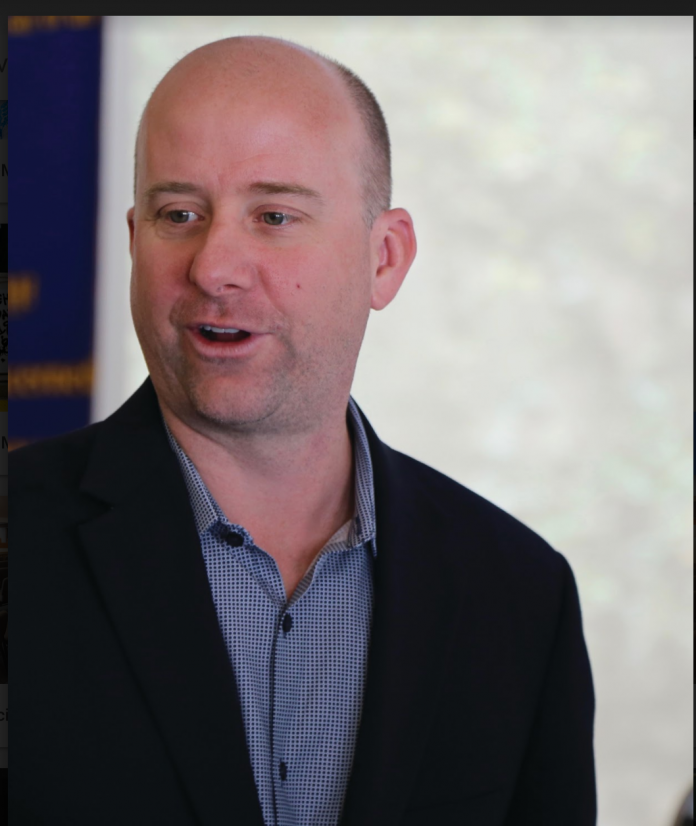As your City Council member, I am often asked about the significance of Gilroy Gardens and if it is profitable for the city to maintain its investment in the property. Before answering the question, I always ask the citizen how they define profitable. In the pure business sense profit is defined as a financial gain, the difference between the amount earned and the amount spent buying something. However, profit can also be defined as creating an advantage or benefit, or as being beneficial to serve, assist, or aid.
More than 10 years ago, Gilroy Gardens was purchased for the community with the intent to preserve the park for the benefit of all. Investing $13 million would allow the city to gain control of the 536 acres of land on Hecker Pass often dubbed as the “Crown Jewel” of Gilroy, determine the future land use, and provide a valuable recreational asset to the city.
Then known as Bonfante Gardens, the park faced several financial challenges which, if not addressed, threatened closure of the park. Closure of the park would result in public safety challenges such as securing the area, and the threat of vandalism and crime.
The city leaders at the time made an important decision to purchase the park and the assets. This decision combined with entering into a business partnership with Gilroy Gardens Inc., a nonprofit 503c, made the park viable for continued operations. The partnership allows Gilroy Gardens to operate without carrying the debt of the loan, all assets in the park are owned by the city and profits are shared at a negotiated rate.
But has it been profitable for the city? From a pure business sense my answer is no, since we have not returned a monetary profit on the investment. But ask yourself, have we as a community profited from this asset? My answer is yes. Here’s why:
I have personally spent countless hours at the park with my children, parents and out-of-town visitors who are always impressed with the educational and entertainment value the park offers. Once our trail system is completed, we will be able to attract cyclists directly to the park.
Second, the park serves as an important part of our tourism strategy connecting visitors of all ages to all that Gilroy has to offer, from shopping and dining, to wine tasting, hiking, and camping.
Third, thousands of Gilroy youths have experienced their first employment through the Gardens, which prepares them for later employment success (I personally hired a former employee). These considerations demonstrate that the park’s economic impact is an important benefit (profit) to our community.
Finally, the land that was acquired by the city through the purchase of the park has remained relatively undisturbed for more than 10 years. Compared to the rest of the development on Hecker Pass, that is quite an accomplishment and one which many people believe is a benefit to the community of Gilroy.
Let’s also not forget that land in Gilroy has appreciated in value over the last 10 years, and as Mark Twain said “they’re not making it anymore”.
We must continue to look at Gilroy Gardens as a community asset that benefits our community members through recreational, tourism and employment opportunities for our youth and not simply as a business profit center.
Have a question or comment. Let me know. Feel free to contact me at Da***********@**********oy.com.











